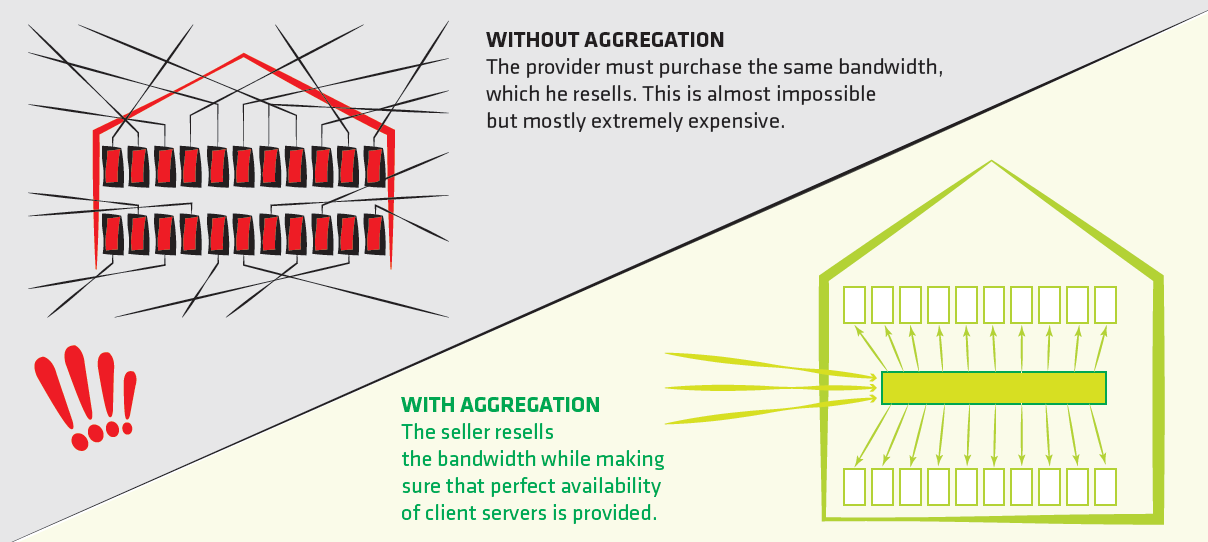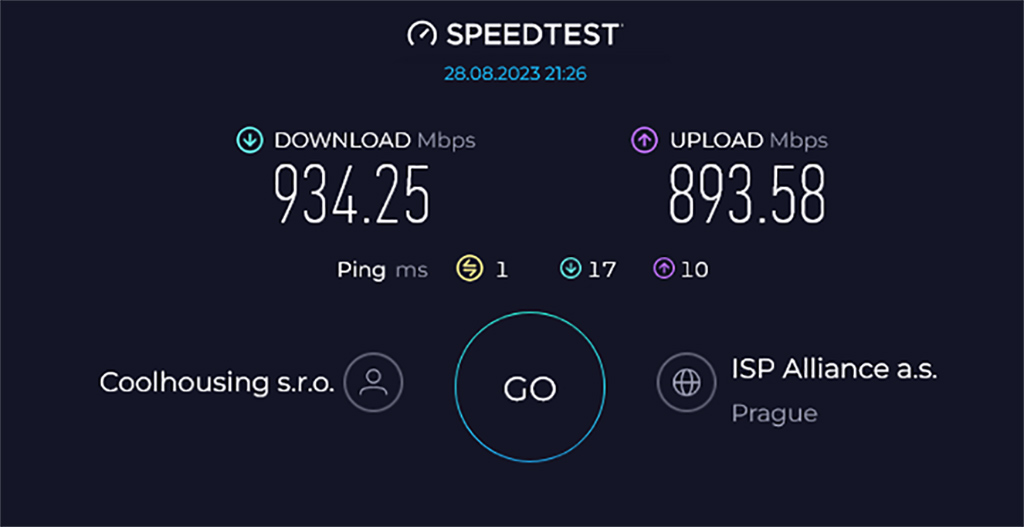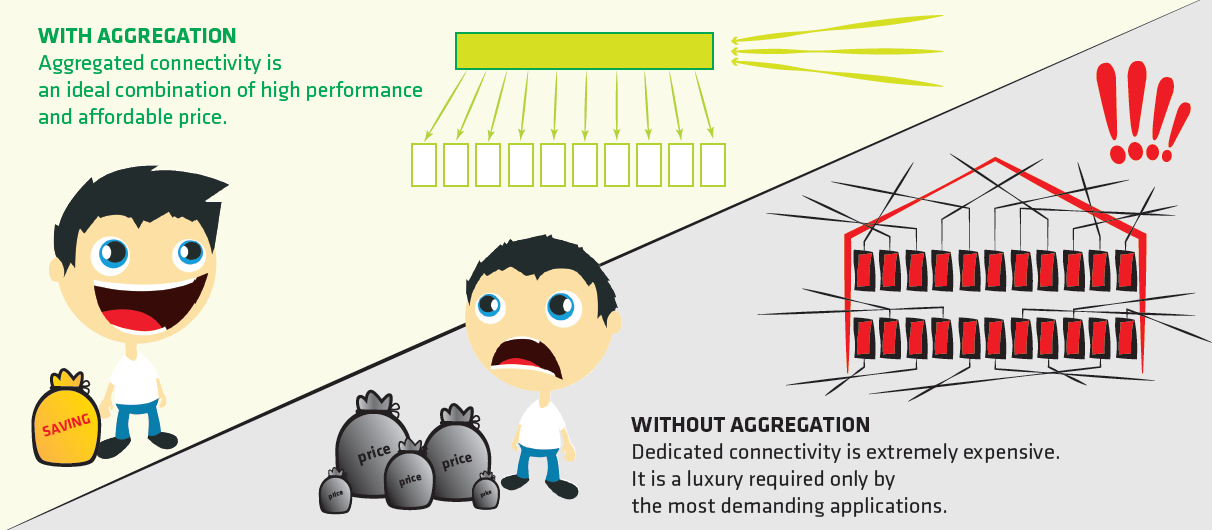Aggregation: A word that the competition is ashamed of
Hosting services providers like to hold back the unpopular parameters of their services. You will usually find information on aggregation or shared connection on the very last page of the general terms and conditions. A magnifying glass necessary. You will not encounter such policy in Coolhousing.
Hosting services providers like to hold back the unpopular parameters of their services. You will usually find information on aggregation or shared connection on the very last page of the general terms and conditions. A magnifying glass necessary. You will not encounter such policy in Coolhousing.
The telecommunication market in the Czech Republic has developed differently to comparable foreign markets due to poor competition. The natural parameters of services in the Czech environment have become rather a laughing stock and a note stated in fine print at the very bottom of the page in the terms of trade, if at all. Aggregation or shared connection definitely belongs among those parameters.
Aggregation became a shame worthy of withholding from customers during times when up to fifty household users shared one ADSL line. The distribution of the available capacity was not technically designed well and some operators even aggregated problematic users (i.e.: those who used their connection frequently) to one shared connection so that the “regular” (less active and thus more profitable) customers would not be inconvenienced. However, reasonably set aggregation is a natural part of the internet connection from households to rack cabinets in large providers of colocation.

Imagine the size of the connection capacity that would have to be purchased by individual providers if the connections they offered were not shared. For example, if an average regional provider of optical connection for households served 1,000 customers, out of which each would order 100 Mb/s connection speed, the provider would have to purchase 1 000 × 1 000 Mb/s, i.e. 1000 Gb/s to provide unshared connectivity. If we consider that the current maximum throughput of the NIX.CZ network is 15.3 Tb/s, or 15 300 Gb/s, it would take fifteen such average providers to exhaust the maximum capacity of the NIX.CZ network. However, this largest czech peer-to-peer node has 212 connected networks and uses its peak capacity at a maximum of 16%. It is therefore clear beyond measure that the aggregation rules work very well here.
Although some providers do not like to admit it, aggregation of connections is common practice even in server housing services. We currently operate about 2000 servers in our data center. A connection with the capacity of 25 Gb/s leads to the NIX internet node. 14 % of that capacity is used at peaks. If each of the 2000 servers were to be connected at the guaranteed 1000 Gb/s, we would have to increase our connection capacity by 8000 %. However, in such scenario we would use only 0,04375% of our connection but each customer would have to be charged a full price for the guaranteed connection, which would exceed the price of aggregated lines several times.

The prerequisite for customer satisfaction with aggregated connectivity is the correct setting of connectivity parameters and sufficient, not excessive, oversizing of lines. At Coolhousing, we pay huge attention to this and then it is not a problem to achieve transfer speeds of 934 Mbps download and 893 Mbps upload on an aggregated connection with a capacity of 1000 Mbps (tested on a basic 1 Gbps START connection).
As aggregation is a common parameter of the services of connection providers, dedicated lines are always available for critical applications of the most demanding customers. The user does not have to share such a connection with anyone else but the price for the convenience exceeds the aggregated connection several times. The guaranteed connection is literally a luxury article that is only worth buying for the most demanding applications.

Aggregation of connection is a natural part of ISP services and it is the only possibility for obtaining the current convenient combination of a high-quality service, speed of individual connections and reasonable price for housing or server lease. Some providers withhold information about aggregation. We play fair.
Used data are valid to 2023/08.
Call us at +420 777 310 000 or send us a message, we will reply you immediately
